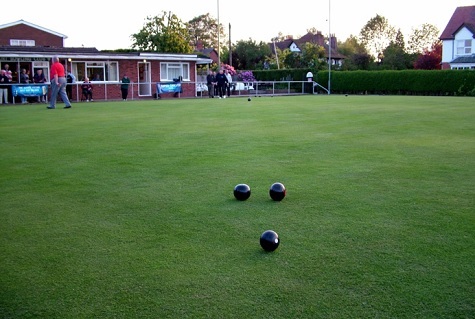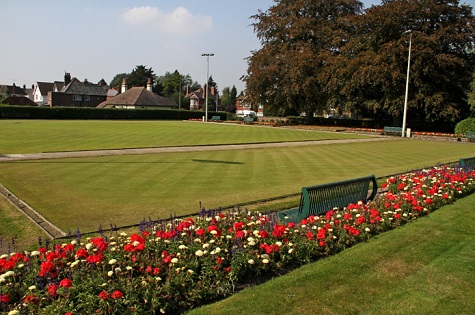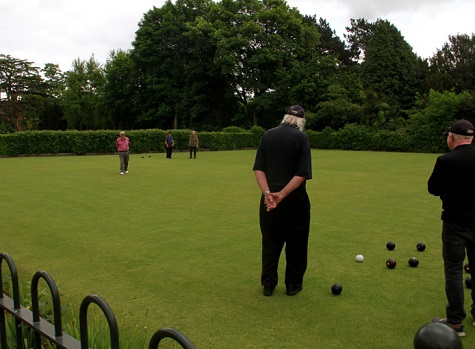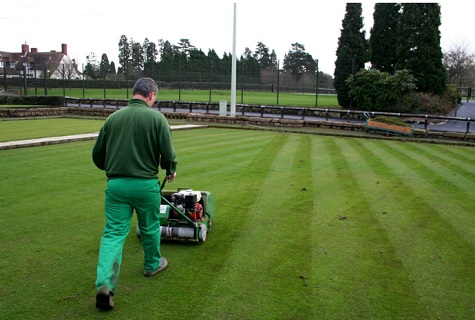As a passionate, practicing turf professional, I find it difficult to witness the sad decline of one of our wonderful local community sports facilities.
A good friend and work colleague of mine, an ex England bowler (Crown Green) and current practicing greenkeeper, also tells me he is frustrated with the ongoing decline in the membership of bowls clubs.
Many of the local bowling clubs in Shropshire have seen a rapid decrease in membership numbers, with some clubs barely able to run regular teams.
This downward spiral of membership has been going on for several years and has resulted in many clubs folding.

I have highlighted this problem in two previous TurfPro blogs - Bowls In Decline and The Current State of Bowls.
Talking to several Midlands turf professionals and contractors who look after bowling greens, there has most definitely been a decline in the number of bowling greens in existence. These have mostly been lost due to closures caused reduced memberships and a lack of maintenance funds.
Bowling was once one of the nation’s most popular pastimes and the bowling green has been part of the fabric of our towns and villages since the 1940s. Back in the late 1950s, early 60s, most large public parks, working social & sport clubs and pubs had a bowling green.

However, during the last twenty years, we have seen a steady loss of these facilities. When I worked for Birmingham City Council back in the 1980s, I myself looked after several greens - only one now remains. Likewise, when I worked for Telford and Wrekin Council we manged several bowling greens within the borough, however, due to the austerity cutbacks, many have now been passed over to the individual clubs to maintain and manage.
One of the biggest problems for clubs is the ongoing cost of maintenance of the green. When I was managing some council greens back in the late 1990s, the annual maintenance for the upkeep of a council bowling green was around £6,000 per year, which included end of season renovations.
That annual cost of maintaining a bowling green, based on today’s rates would be in the region of at least £12,000 per green and that includes end of season renovations which generally see the green aerated, scarified and top dressed with four ton of sand, fertilised and overseeded.
Whether you hire in contractors or do the work yourselves, there will always be a price for time and for resources required to undertake the work. The key for me is that clubs need to have a good look at themselves and see how they can raise the amount of money required to complete the maintenance of their facilities.
Unfortunately, many of these bowling clubs are running on dwindling memberships with clubs having between 50-100 members.

Many clubs are only charging between £30-£50 per year and a match fee. This clearly limits the amount of capital clubs can raise.
So in reality, a club with a 100 members paying £50 per year would only raise £5000 not anywhere enough to pay for the maintenance of the green (£12,000) therefore club membership costs should be in the realms of £150-200 per year. Still a cheap membership rate in my estimation, compared to other private run facilities such as gyms and spa centres.
Clubs need to address this and look at ways of increasing funding via both membership fees and other fundraising initiatives, while at the same time finding ways to bring in new members.
I would also question the sport’s governing bodies (Bowls England and Crown Green Bowling) who need to address the issue of bringing new people into the sport.
Most club members are between 50-80 years of age, with many clubs struggling to attract youngsters to take up the game.

Many clubs have purely survived on the basis that they were able to undertake most of the maintenance work themselves instead of paying a professional greenkeeper or contractor to do the work. However, with so many of these volunteers getting older and not physically able to carry out the work, clubs are now faced with having to pay the proper going rates for maintaining their greens.
It is clearly a sad indictment that clubs find themselves in this predicament. In my opinion, clubs need to have a good look at themselves and find ways of increasing their membership and encouraging local people to take up the sport.
More importantly though, they must get the existing members to pay the proper membership rate to help cover the running costs.